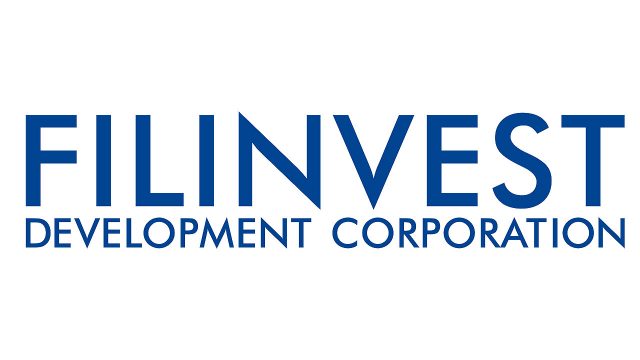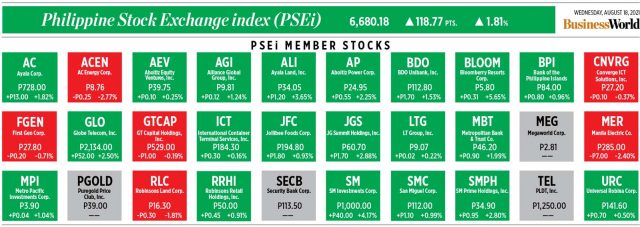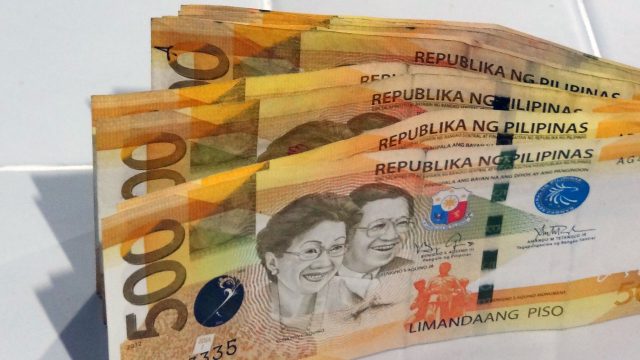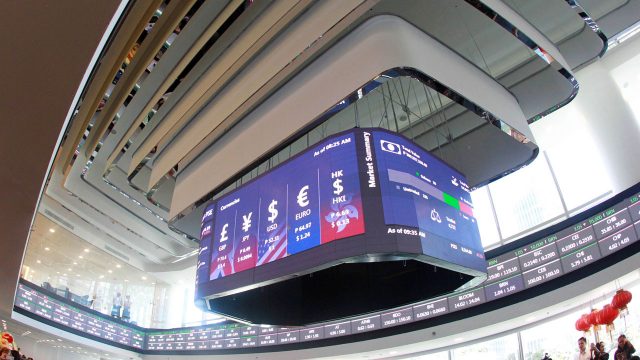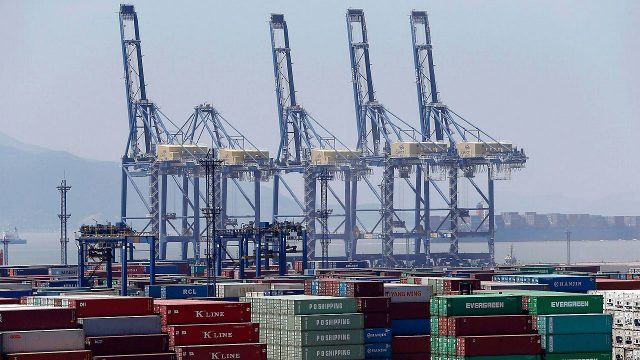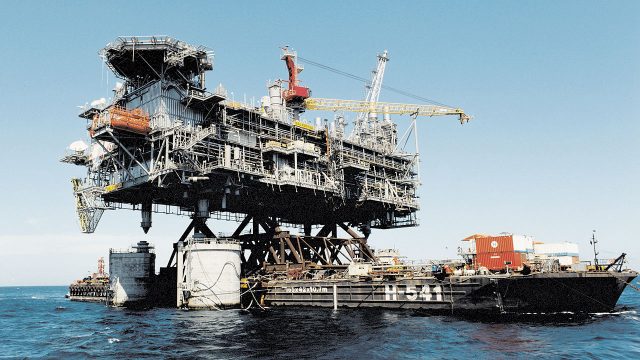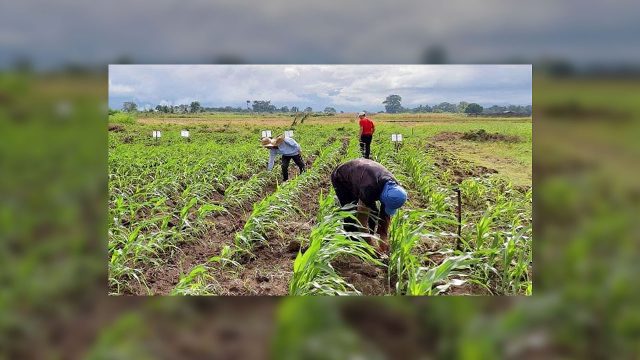FDC targets workplace herd immunity this year
GOTIANUN-LED Filinvest Development Corp. (FDC) has expressed optimism about its prospects for the rest of 2021 as it aims to fully inoculate its work force before the year ends.
“We never stopped pushing our projects and growth initiatives forward despite the challenges borne out of the pandemic. With the light of vaccinated hope, we choose to be on the side of optimism. This confidence is borne out of our fast-moving vaccination program FilVax and our accelerated digital transformation,” said Lourdes Josephine T. Gotianun-Yap, FDC president and chief executive officer, in a statement.
To date, the group’s vaccinated population surged to 71%, with 65% fully vaccinated and 35% with their first dose. The inoculation goal covers employees and third-party service providers.
“We are looking forward to achieving herd immunity by the fourth quarter of the year, which will be a critical milestone in the group’s continued growth and recovery curve amid this pandemic. FilVax is only one of the entire group’s synergistic efforts in ensuring that we keep the Filinvest family safe and healthy as we continue to respond to the needs of our stakeholders,” Ms. Gotianun-Yap said.
FilVax is the Filinvest group’s free vaccination program for employees, drivers, messengers, utility workers, and security guards assigned to FDC properties and workspaces nationwide.
It kicked off on Aug. 4 at the Filinvest Mega Vaccination Center at Festival Mall, Filinvest City, Muntinlupa.
FDC has so far accelerated its digital transformation amid the pandemic and implemented measures to keep its employees, customers, and stakeholders safe.
Companies under FDC include Filinvest Land, Inc., EastWest Banking Corp., Filinvest REIT Corp., FDC Utilities, Inc., Filinvest Alabang, Inc., and Filinvest Supermall, Inc.
The Filinvest group also owns Crimson Resorts in Boracay, Mactan, and Alabang, and The Quest Hotels in Cebu, Clark, and Tagaytay.

